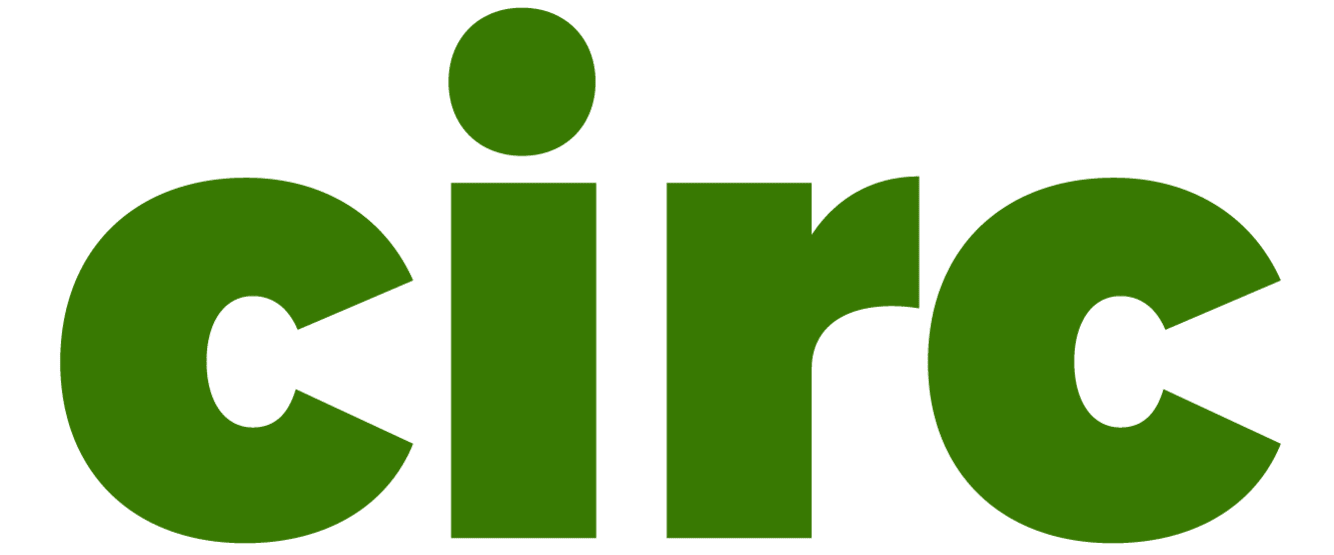In the 1998, economists Michael and Olga Block, who were unhappy with the low standards of their daughter’s “good” public school in an upscale neighborhood, opened the first BASIS charter school serving 56 students in a low-income area of Tucson. Combining the high academic standards of Olga’s native Prague with the energy and informality of Michael’s hometown of New York City, BASIS has grown into a network of 40 public charter schools in five states. It is now run by a different husband and wife team, Peter and Patti Bezanson.
Despite routinely topping the U.S. News & World Report’s best high schools list, dozens of what we call “academically intensive charter schools” (AICS) like BASIS get little attention from scholars or policymakers. This likely reflects the priority most researchers and reformers place on closing achievement gaps rather than enabling high achievement. Our recent article in Education Sciences provides the first snapshot of AICS nationally, offering possible lessons for state education policy. In 2013, Education Next reported on the founding and growth of the BASIS charter management organization, followed by another article a decade ago describing BASIS, Great Hearts, and other charter management organizations that appeal to academics-oriented, often middle-class parents. Remarkably, however, no prior peer-reviewed scholarship addresses AICS.
In our analysis, we distinguish AICS from specialized charter schools focused on STEM, the arts, classical education, vocational skills, or other academic niches. We also distinguish AICS from “No Excuses” charter schools, which use a high degree of academic press to help disadvantaged students close achievement gaps. No Excuses charter schools typically have explicit behavioral expectations to ensure a safe learning environment in unsafe communities. The expectations in AICS, in contrast, are exclusively academic. One of us (Woytek) served as a BASIS principal and notes how AICS need not impose uniformity to keep order. A student might sport alien ears, pink hair, flip flops, and a tutu without attracting notice—much less sanction—as long as they do their academic work and do not interfere with the academic work of their peers.
Using a combination of machine learning and manual coding, we first scraped and aggregated publicly available textual data from charter school websites, applications, social media profiles, and promotional materials. We then applied natural language processing techniques to identify recurring thematic terms and categorize schools by pedagogical focus. This process included topic modeling and term-frequency analysis to detect clusters of language associated with academic rigor, which were then validated and refined through manual review to ensure interpretive accuracy and to exclude ambiguous or overlapping models. Among the roughly 8,000 charter schools in the U.S., we identified 189 AICS, designated by their frequent use of terms like “academic competition,” “challenging academic settings,” and “rigorous curriculum” and the absence of a behavioral or specialized curricular focus.
AICS spend about $12,350 per student, which is well below the average estimated district school expenditure of $17,301 per student but in line with that of other charter schools, which spend $12,600 on average. AICS also resemble other charter schools in the types of communities where they are located (urban, suburban, and rural) and, perhaps more surprisingly given longstanding achievement gaps among American students, in their demographics. But AICS have some notable distinctions from their counterparts. While 10 percent of all charters are virtual schools, just 1 percent of AICS eschew brick-and-mortar settings. AICS are also somewhat older than other charters, with 43 percent in operation 15 years or longer, compared to just 32 percent of other charters. This may indicate that the AICS approach succeeds in creating consistent parental demand.
AICS stand out for their academic culture. As June Kronholz wrote in Education Next, schools like BASIS emphasize academic prowess. Accordingly, they hire teachers with the intelligence and breadth to be content-matter experts in the subjects they teach, making for a more professional and less compliance-driven school culture. This expertise rubs off on students.
As Woytek experienced as an AICS principal, the schools tend to attract students with strong internal motivation, who in turn push each other toward higher levels of academic accomplishment. During one classroom observation in 2024, a teacher directed students simply to review their previous test with peers. No other direction was given, nor was there a prescribed protocol or procedure. Where in many other schools the ensuing 50 minutes may have devolved into chaos, these students spent the time asking questions of each other and the teacher, referencing their notes and textbook, and understanding the mistakes they made on the test, rarely diverting from the task. Students did not check their phones or listen to music. They worked in pairs and teams, improving their grades as a class assignment and learning from mistakes to perform better next time.
AICS students routinely cheer on each other’s accomplishments or engage in friendly academic competition. Rather than see peers as adversaries, students gravitate towards those who excel on tests, learn from them, and try to do as well next time. Beginning in kindergarten, students are celebrated three times a year for attaining a 90 percent average across their classes, with additional celebrations for the top 10 percent and 5 percent of students in the older grade levels. When Advanced Placement test results are released in the summer, students instantaneously spread the word about their scores and congratulate each other on their 4s and 5s.
Because ultimate success for both students and teachers comes through the external standard of AP exams, success is not zero-sum. If all excel, all earn college credits. Likewise, teachers receive bonuses for each student who scores a 4 or 5 on an AP exam—a merit pay system in which if all teachers excel, all receive bonuses.


